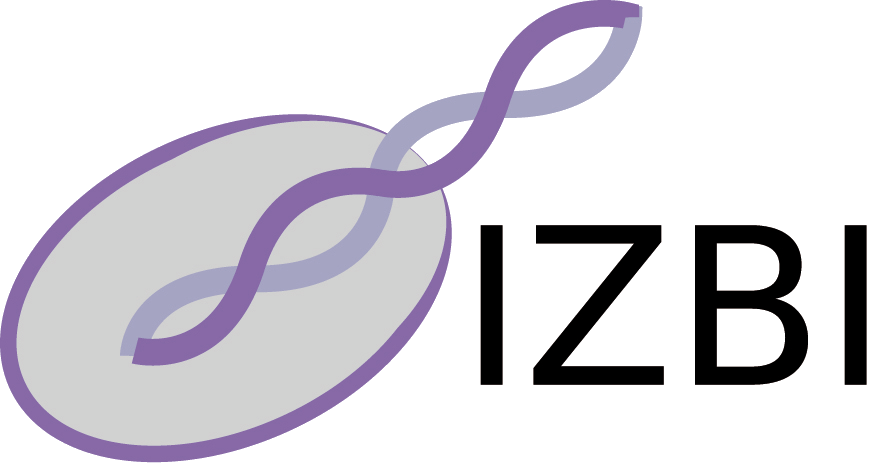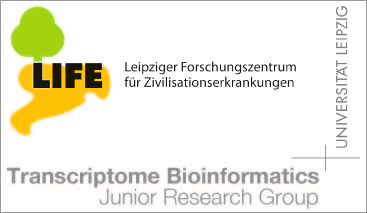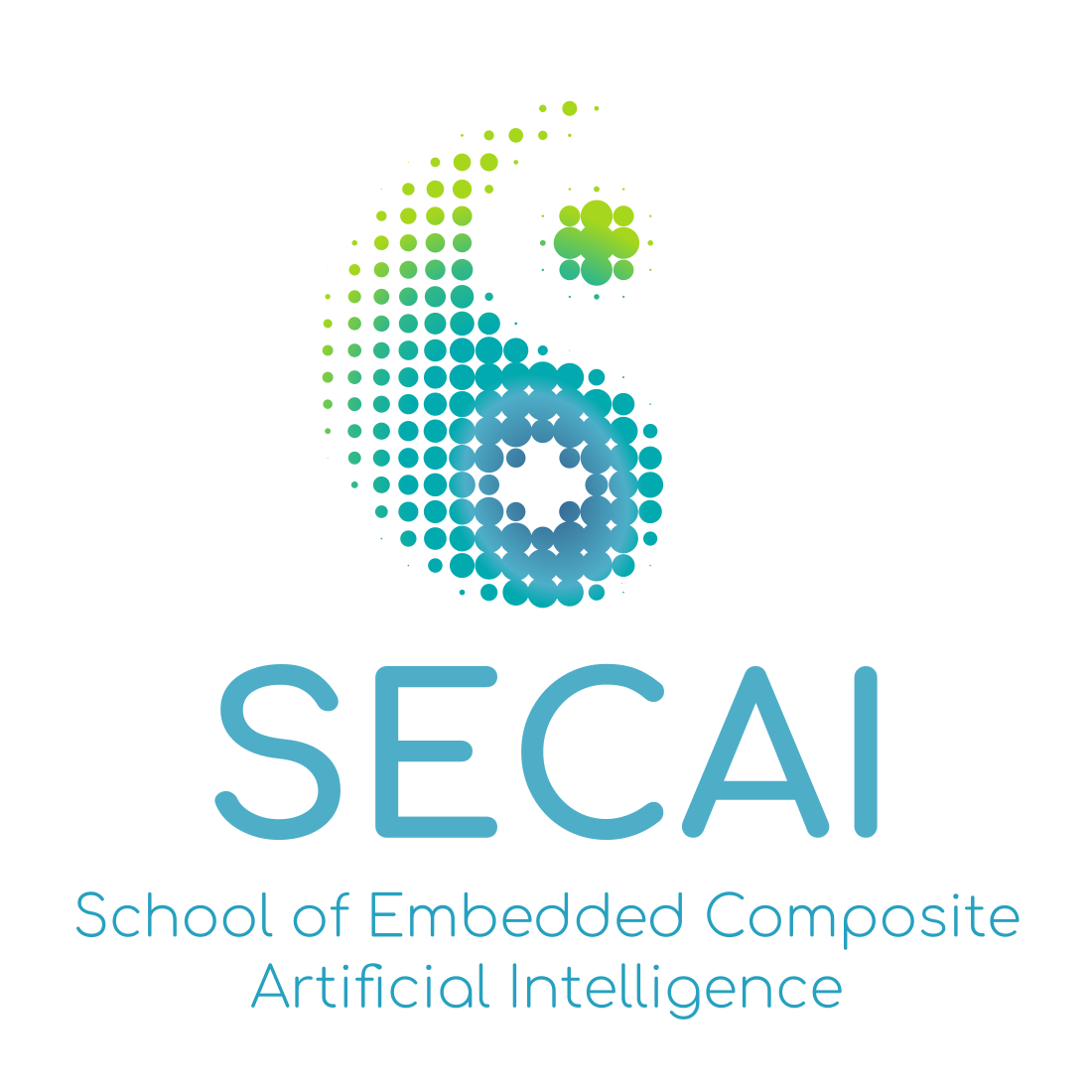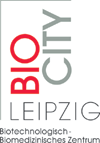Registration
For the oral exam you need to register.
Please register here.
The information you provide will be for the Pruefungsprotokoll.
Practical Course
USB Stick verloren? Identifiziert sich als "BIOINF LIVE". Bitte mail an
choener@
This year we plan to have a practical course on computational chemistry. More information soon.
Required Reading:
Catalan Game
GGL Tutorial
[PDF]
Exploration strategies paper
[PDF] (see Appendix C for the Catalan game solver)
50 Shades ... of Rule Composition
[PDF]
SMILES
Chemical reaction mechanisms (sorry, in German only)
Code Snippets
Universe / Subset Filtering
We have two filter strategies:
filterUniverse and
filterSubset. Both take a function of the type
(Graph g,
DGStratGraphState gs, bool first) → bool. If you want to keep
g in the resulting graph state, then the function needs to return
true, otherwise
false.
gs provides access to the
graph state (c.f.
DGStrat in the PyMOD manual (
/homes/brauerei2/jlandersen/shared/doc/index.html) (sorry, but links are rewritten by the webserver ...). The
final argument
first indicates that this is the first time the filter
is called for a particular round (you should be able to ignore it).
Example: keep only graphs that have few enough vertices:
filterSubset(lambda g, gs, first: g.numVertices <= 42)
Example: keep only graphs that have no vertix with a FAIL label:
filterUniverse(lambda g, gs, first: g.vLabelCount("FAIL") == 0
Example: have at most k branches in a carbon chain:
pattern = smiles("[C][C]([C])[C]")
filterUniverse(lambda g, gs, first: pattern.monomorphism(g, maxNumMatches=k + 1) <= k)
Killing MOL
Send the running MOL to sleep with
CTRL+Z. Then kill python with
pkill python3. Be VERY careful as you will kill all MOLs of all people.
Lecture
The lecture was a blackboard-style lecture. There is no TeX script!
Seminar
papers with graph-theoretic content from the past 12 months (approximately): graph theory papers or bioinformatics with graph theory content
not obviously trivial. I will *at most* do a 1-minute check, and not provide any guarantees.
first email in (*according to my inbox time stamp*) counts at choener@bioinf
send me one paper title, I won't select for you
use a meaningful email subject header, maybe "Graphen + BioNetze, Seminar, 2015, Paper"
if you don't get a mail / paper doesn't show up after a couple of *work* days (say 3) send a gentle reminder
Seminar Program
TUESDAY 23.Feb 10:30-13:00 Session 1: Graph Properties
[J Anders] Tropical Dominating Sets in Vertex-Coloured Graphs ; 2015 ; arxiv ; Angles d'Auriac et al
[T Mueller] Robust on-line computation of Reeb graphs: simplicity and speed ; 2007 ; siggraph 07 ; Pascucci et al
[S Zoetzsche] Easily Testable Graph Properties; 2015; Comb.Prob.Comp.; Alon, Fox
[F Raith] Graph theory in the geosciences ; 2015 ; Earth-Science Reviews ; Phillips et al
[M Fuhrmann] The vertex-rainbow index of a graph ; 2015 ; arxvi ; Mao
THURSDAY 25.Feb 10:30-12:30 & 14:00-16:00 Session 2: Neuro-Applications
[F Reinhardt] Graph Theoretical Analysis Reveals: Womens Brains Are Better Connected than Mens ; 2015 ; Plos One ; Szalkai et al
[O Scheer] Graph theory analysis of complex brain networks: new concepts in brain mapping applied to neurosurgery ; 2015 ; JNS ; Hart et al
[P Nardini] Subvoxel Accurate Graph Search Using Non-Euclidean Graph Space ; 2014 ; Plos One ; Abramoff et al
[J Huebner] Changes of Functional Brain Networks in Major Depressive Disorder: A Graph Theoretical Analysis of Resting-State fMRI ; 2015 ; Plos One ; Ye et al
lunch break
[E Mueller] Dynamic reorganization of brain functional networks during cognition ; 2015 ; NeuroImage ; Bola et al
[U Klotz] A Graph Algorithmic Approach to Separate Direct from Indirect Neural Interactions ; 2015 ; Plos One ; Wollstadt et al
[Y Peng] Functional connectivity and graph theory in preclinical Alzheimer's disease; 2014 ; Neurobiology of Aging ; Brier et al
[S Rauh] Non-invasive brain mapping in epilepsy: Applications from magnetoencephalography; 2015; J of Neuroscience Methods; Hamandi et al
THURSDAY 25.Feb 16:30-17:30 Session 3: Applications in Soft Computing
[A Murad] Causal analysis approaches in Ingenuity Pathway Analysis; 2014; oup bioinf; Kraemer at al
[K Hainke] A Divide-and-Link algorithm for hierarchical clustering in networks; 2015; Information Sciences; Gomez et al
FRIDAY 26.Feb 10:30-12:30 & 14:00-16:00 Session 4: Genomics and Regulation
[C Schimmelpfennig] Graphical pan-genome analysis with compressed suffix trees and the Burrows–Wheeler transform ; 2015 ; Bioinformatics ; Uwe Baier, Timo Beller and Enno Ohlebusch
[R Toscan] Some Perspectives on Network Modeling in Therapeutic Target Prediction ; 2014 ; Biomedical Engineering and Computational Biology ; Albert et al
[M Rade] BRANE Cut: biologically-related a priori network enhancement with graph cuts for gene regulatory network inference ; 2015 ; BMC BioInf ;AureIlie Pirayre et al.
[M Schmidt] Optimal Learning Paths in Information Networks ; 2015 ; Scientific Reports ; Rodi et al
lunch break
[J Fusiak] BulkAligner: A novel sequence alignment algorithm based on graph theory and Trinity; 2015; Information sciences; Lee at al
[S Johanning] The Roles of Sharing, Transfer, and Public Funding in Nanotechnology Knowledge-Diffusion Networks; 2015 ; JAIST; Jiang et al
[L Lijing] Factor graph analysis of live cell–imaging data reveals mechanisms of cell fate decisions; 2015; Bioimape Inf. ; Niederberger et al
[D Gysi] Comparing Brain Networks of Different Size and Connectivity Density Using Graph Theory; 2010; van Wijk et al
Nachzuegler
[M Gauglitz] Ion aggregation in high salt solutions. IV. Graph-theoretical analyses of ion aggregate structure and water hydrogen bonding network; 2015; Choi and Cho















